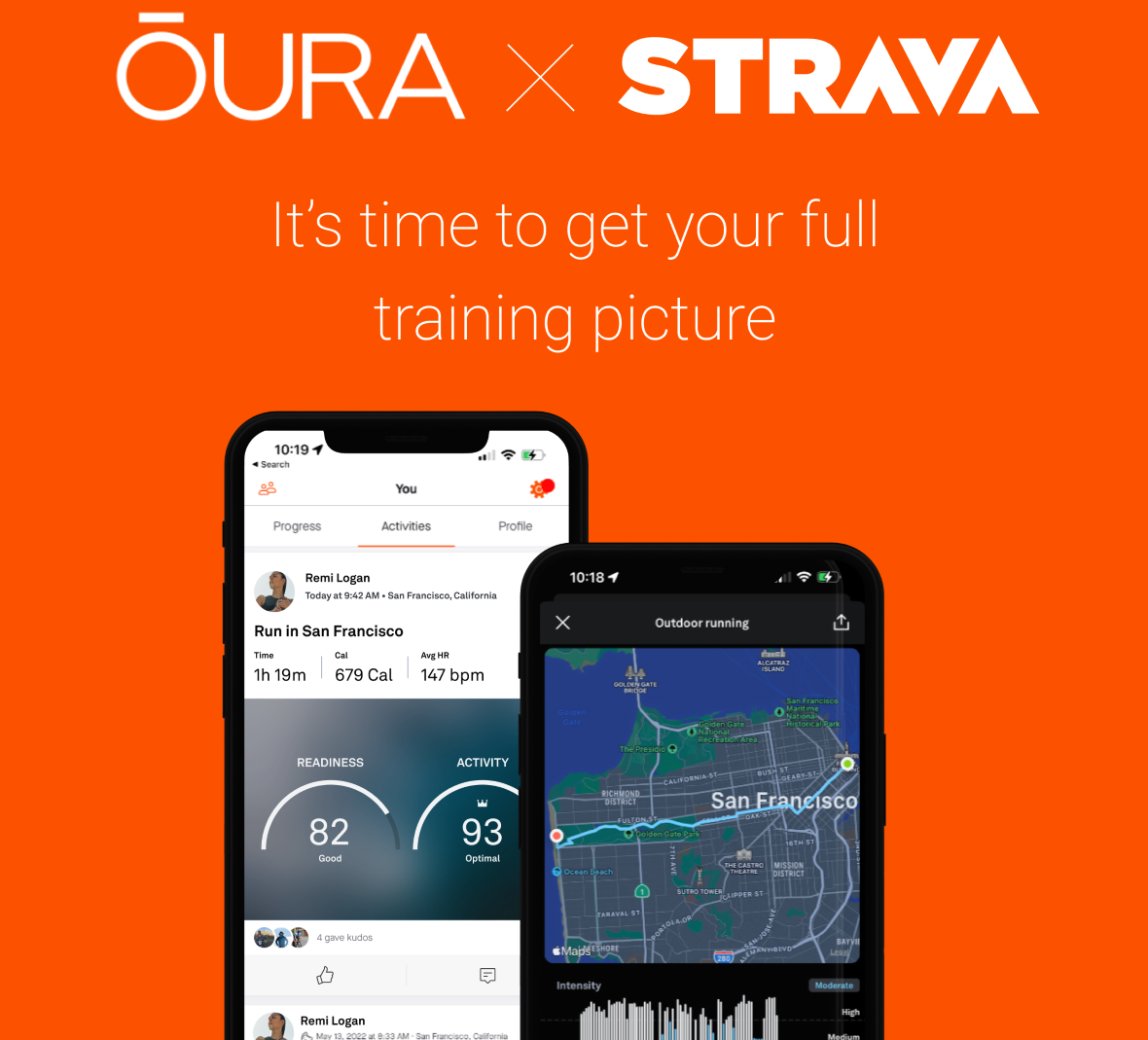(Helsinki) – In the streets of the Finnish capital, there is a small accessory that we often see on the finger of passers-by. The discreet but recognizable Oura Ring connected ring is enjoying real popularity. The reason ? Certainly because Ōura Health, the company that markets this connected ring, is Finnish. Oura was born in the city of Oulu, and her story is amazing.
The Golden Age of Nokia
“Oulu was one of the most important product development centers for Nokia,” says Kari Klossner, Smart Life program manager for Business Finland, an organization responsible for promoting businesses in the country.
If Nokia remains a major company in the world of telecoms, the Finnish company was a real world giant of mobile phones (read: “Nokia, a Finnish history in pictures”) until its fall and the acquisition of its mobile division. by Microsoft in 2013. So much so that many Finns speak of this era as a golden age, and condemn the American company to public loathing.
Why ? Because Microsoft quickly decided to shut down this business. The explosion of the iPhone and touchscreens helped bury Nokia’s mobile business. But in Finland, Microsoft remains a culprit of choice. In fact, the shutdown of Nokia’s mobile division leaves many Finns on the chopping block. In 2012, the last Nokia mobile “made in Finland” left the factory. 10,000 employees are made redundant in the months that follow.
The time for conversion
In Oulu, a city in northern Finland, it’s time for conversion. “Nokia engineers started looking for other things to do. They had knowledge of mobile application development and radio technology,” recalls Kari Klossner. “They decided to apply this knowledge to new areas, including health and well-being. »
Consequence: a whole bunch of start-ups are born in Oulu, a remarkable phenomenon in view of the size of the city – less than 200,000 inhabitants. More generally, Finland competes with Israel for the highest number of start-ups per capita in the world.
And yes, Ōura Health was founded by ex-Nokia engineers. Once a first prototype in hand, the leaders of Oulu decided to attack the world market directly, with great marketing support, by equipping a whole host of international stars with connected rings.
“It’s a fairly radical approach,” recognizes Kari Klossner. “We recommend that most companies first validate the product concept and get some user experience in Finland. The second step, for most companies, is to go into adjacent markets, neighboring countries like Sweden, Norway, and Denmark. The cultures and consumer behavior are similar and you suddenly go from a market of 5.5 million people to a market of 25 million if you combine the Baltic States. »
One million connected rings in one quarter
But it works. In April 2022, Oura announced that it had sold one million connected rings in one quarter. And the company claims a valuation of $2.55 billion. Ōura Health is still headquartered in Oulu today, but has offices in San Francisco and San Diego.
In addition to the sale of connected rings, Ōura offers a monthly subscription that provides personalized information and recommendations, a library of audio-guided meditation sessions, and even educational videos.
“Instead of approaching their health reactively, more and more people are focusing on proactive, long-term ways to be healthier. One of the main ways to improve health is a good night’s sleep, and that’s where Oura shines,” says Michael Chapp, COO of Ōura. “I’ve had this ring for three years,” says Jenne, “and it has definitely changed the way I live. It just helps me sleep better. And its autonomy is fantastic. The promise of autonomy is seven days. The weight of the ring is 4 grams.
Sensors less than a centimeter
The ring houses sensors less than a centimeter in size, allowing the collection of very precise measurements that can help users understand if they are getting sick. And this, before the onset of symptoms.
Launched in October 2021, the latest version of the ring, the Oura Ring Generation 3, offers all-day heart rate monitoring, temperature taking system, period prediction, heart rate classification algorithm sleep and blood oxygen (SpO2) detection.
Blood oxygen sensing is featured on many smartwatches and sports watches today. Apple has made this a top feature with its Apple Watch.
Measure oxygen in the blood
Blood oxygen levels (SpO2) refer to the percentage of oxygen in your blood. If your rate drops or your breathing becomes irregular, it could be a sign of illness, a change in altitude (an important measurement for high mountain athletes), or some other condition impacting your health. For the past two years, blood oxygen levels have been a key indicator of the likelihood of Covid-19 infection during the global pandemic.
Oura Ring uses the red and infrared LEDs inside the ring to measure blood oxygen levels while you sleep. The ring then calculates and reveals the average blood oxygen level for the night, as well as levels of breathing regularity. The regularity of breathing indicates the number of variations measured during your sleep. Four categories of breathing regularity are displayed: optimal, good, average and careful.
Note however that the Oura Ring 3 is not a medical device. But it can measure and inform you of health trends so you can consult your doctor for further evaluation and analysis.

Oura integrates Strava, Apple Health and Google Fit
In early July, Oura and Strava announced a partnership. Oura also integrates Apple Health and Google Fit.
Oura uses minute-by-minute prioritization logic to ensure that training data from different sources is not double counted.
Oura workout heart rate takes priority, followed by Strava, Apple/Google, then manually added Oura workouts. Strava is prioritized over Apple and Google because it’s a more direct integration with higher fidelity data, which doesn’t always match Apple Health or Google Fit.

